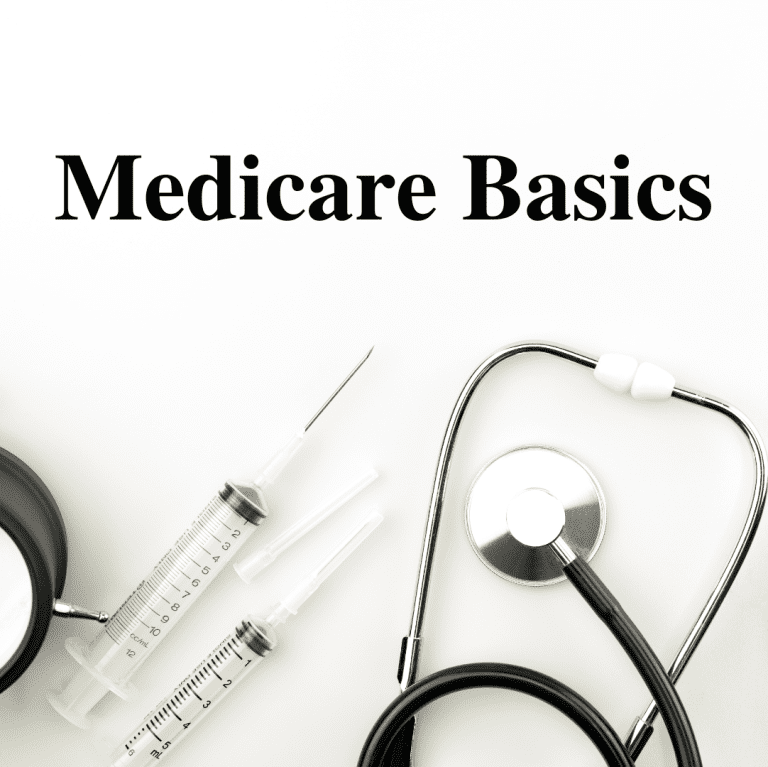Key Takeaways
-
A low monthly premium can be misleading if you don’t factor in deductibles, coinsurance, and out-of-pocket maximums.
-
In 2025, Medicare plans—especially those with added benefits—may come with hidden costs that show up later in the form of denied services, narrow networks, or unexpected bills.
The Premium Gets Your Attention—But It Shouldn’t End There
You may see a plan advertised with a low monthly premium and assume it’s the best deal. But Medicare in 2025 is more than just about what you pay upfront. You need to understand what you’ll actually get—and what you might still owe—after you enroll.
That monthly premium is only the beginning. It doesn’t tell you:
-
What you’ll pay before coverage starts (your deductible)
-
What share of costs you’ll be responsible for during care (your coinsurance)
-
How much protection you really have when it comes to total expenses (your out-of-pocket maximum)
Too often, people make decisions based on one number, then realize later that their true healthcare costs are much higher than expected.
What Medicare Really Covers—And What It Leaves Out
Medicare is made up of different parts, and each one works differently when it comes to coverage and cost.
Part A: Hospital Insurance
-
Most people don’t pay a premium for Part A if they worked and paid Medicare taxes long enough.
-
But Part A isn’t free. In 2025, you pay a $1,676 deductible each time you’re admitted to a hospital per benefit period.
-
After 60 days, daily coinsurance applies—and the cost climbs steeply the longer your stay.
Part B: Medical Insurance
-
In 2025, the standard premium is $185 per month, and the annual deductible is $257.
-
Once the deductible is met, you generally pay 20% of the Medicare-approved amount for most outpatient services.
-
There’s no cap on how much you could spend annually out of pocket with just Original Medicare.
Part D: Prescription Drug Coverage
-
This is optional but highly recommended.
-
In 2025, the deductible may go up to $590, and there’s a new $2,000 cap on out-of-pocket costs—a major improvement from past years.
-
However, premiums and drug costs still vary widely depending on your plan and medications.
Why a Low Premium Doesn’t Mean Low Costs
Here’s the central issue: a plan with a lower monthly premium often has higher costs elsewhere.
Higher Deductibles
Plans that charge you less each month may make up for it with a large deductible. Until you meet that deductible, you pay full price for services.
Increased Cost-Sharing
You may find:
-
Higher coinsurance percentages (like 30% instead of 20%)
-
Copayments for every visit
-
Separate charges for specialists, labs, imaging, and more
Tighter Coverage Rules
Some plans require prior authorizations, referrals, or limit where you can receive care. This can delay or restrict access—and even result in denied claims.
In other words, low premium plans often shift costs into other areas, so you may be paying more when you actually use your benefits.
How the 2025 Rules Are Different From Before
If you’re used to what Medicare looked like in 2024 or earlier, the 2025 landscape brings a few important changes:
1. Drug Costs Are Now Capped
For the first time, Medicare Part D includes a $2,000 annual limit on out-of-pocket costs for prescription drugs. This eliminates the coverage gap or “donut hole” that used to create massive mid-year spikes in expenses.
2. You Can Spread Out Drug Costs Monthly
The new Medicare Prescription Payment Plan allows you to make fixed monthly payments instead of paying a large amount all at once when filling high-cost prescriptions.
3. Plans May Offer More Supplemental Benefits
Plans might highlight benefits like dental, vision, hearing, or fitness perks to lure you in—but they may come with usage limits, narrow provider networks, or lower reimbursement amounts than you expect.
These features may sound good, but they shouldn’t be the deciding factor—especially if the core medical coverage isn’t strong.
You Still Need to Watch for What’s Not Covered
Regardless of which plan you choose in 2025, keep in mind that Medicare does not cover everything.
Common services not covered include:
-
Long-term custodial care (like assisted living or nursing homes not related to a hospital stay)
-
Most dental work (including dentures and root canals)
-
Routine vision exams and eyeglasses (unless post-surgery)
-
Hearing aids
-
Cosmetic procedures
If these are important to you, you’ll need to look for plans that offer add-ons—but again, check the real value and cost.
What to Ask Yourself Before Enrolling
Before deciding on a Medicare plan in 2025, consider the following:
-
What medical services do I use frequently? Will the plan cover them fully or partially?
-
Do I take any high-cost medications? Is my pharmacy in-network and my prescription included in the formulary?
-
Will I need out-of-state or out-of-network care? Some plans don’t travel well.
-
Do I have a specialist I want to keep? Not all networks include your preferred doctors.
-
How much can I realistically afford in deductibles and copayments if I get sick?
Focusing on these questions helps shift your attention away from the monthly premium and toward your total annual cost.
Why Medicare Isn’t One-Size-Fits-All
There’s no universally “best” Medicare plan. What works for one person may not work for you. That’s why it’s crucial to:
-
Compare several plans side by side
-
Look past the headlines and focus on the coverage structure
-
Understand what you’re likely to need based on your own medical history and preferences
What sounds like a great deal in January can feel very different by July if you end up needing costly care and your plan doesn’t provide the protection you thought it would.
The Real Cost Isn’t Just in Dollars
There’s also a cost to your peace of mind, time, and health. Having to fight denials, switch providers, or delay treatments because of plan restrictions can create stress that doesn’t show up on a monthly statement.
-
Having to switch doctors or clinics can disrupt ongoing care.
-
Waiting for pre-approvals or dealing with network limitations can postpone necessary treatment.
-
Worrying about surprise costs may discourage you from seeking care when you need it.
That’s why understanding the full picture of your Medicare coverage is about more than math—it’s about knowing you’ll be supported when you actually need care.
The Costs You Can Control—And the Ones You Can’t
Some aspects of Medicare are fixed (like standard Part B premiums and deductibles), but others vary based on the plan you choose. Here’s where you can make smart decisions:
What You Can’t Control
-
National standard costs like the Part B premium ($185) and deductible ($257)
-
Part A hospitalization costs set by Medicare
-
Annual limits on drug spending now capped at $2,000
What You Can Control
-
Whether you choose a plan with higher or lower deductibles
-
How much risk you want to assume in coinsurance
-
Whether your doctors and hospitals are in the plan’s network
-
If the plan restricts you with referrals or authorizations
Being strategic about what you can control will help you avoid surprises later.
Know the Difference Between Cost and Value
A low premium might look like a bargain, but only if the plan still meets your needs when it counts. Value means getting the right care, at the right time, with support and financial protection.
-
A higher-premium plan might actually cost you less if it covers more and reduces surprise bills.
-
A low-premium plan may come with hidden costs that add up quickly.
Always evaluate the entire plan, not just the monthly price tag.
Get the Full Picture Before You Decide
Choosing a Medicare plan in 2025 is a personal decision that goes far beyond one number on a flyer. What matters is how that plan supports your real healthcare needs—and your financial situation.
If you’re unsure where to begin or feel overwhelmed by the fine print, it’s worth speaking with a licensed agent listed on this website. They can help explain your options, walk you through trade-offs, and ensure you’re not leaving important coverage gaps unchecked.










